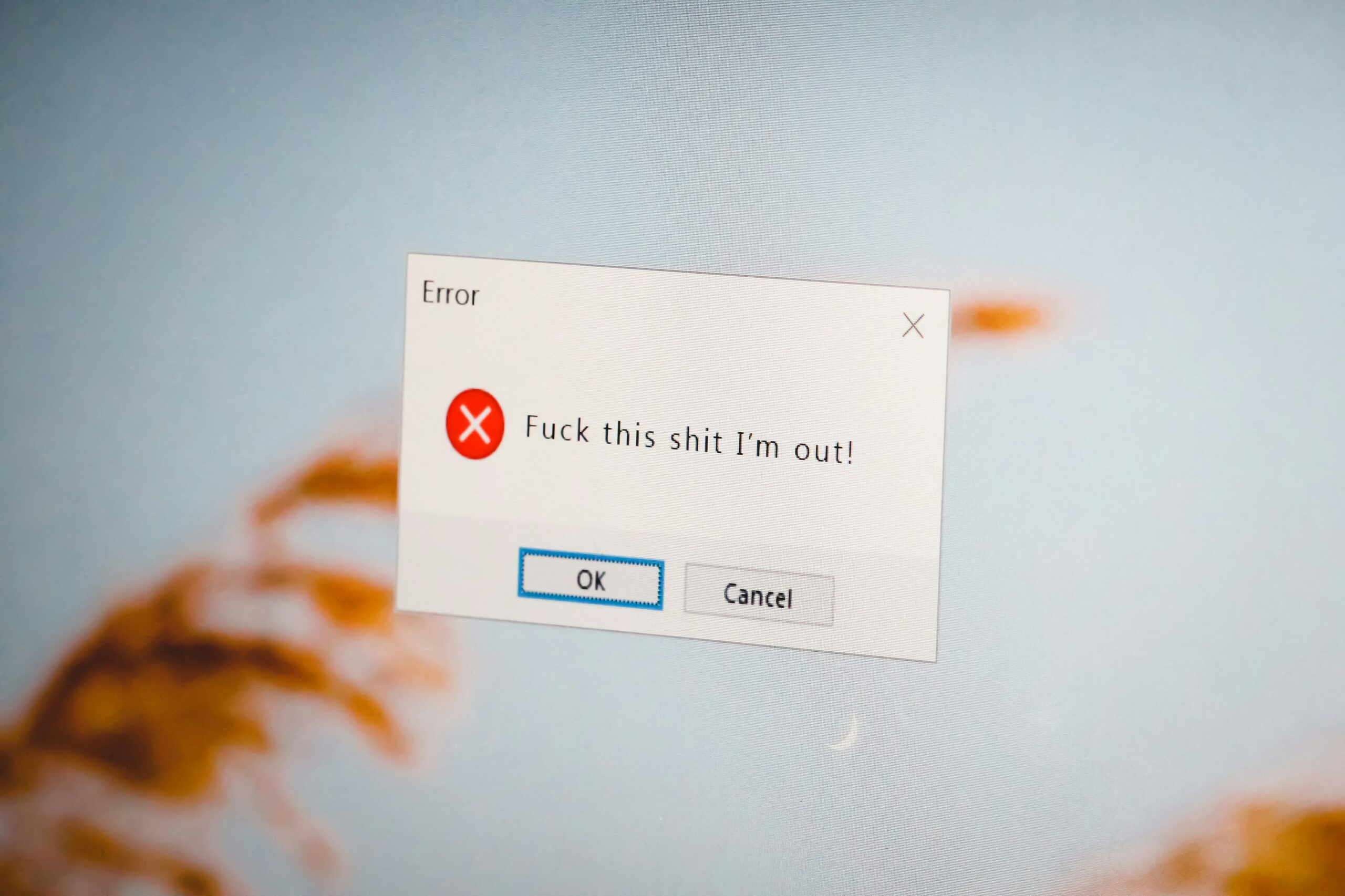Most marketing fails for one simple reason.
The message is wrong.
There’s no cut through. No resonance.
71% of marketers think their marketing sounds different. 68% of buyers disagree.
In other words, most companies sound exactly the same.
The numbers don’t lie:
- Marketing campaigns fail because they’re out of touch
- Companies don’t understand their customers
- Most websites convert less than 2% of visitors
Here’s the real problem:
You can’t put message first if you don’t know what your message is.
How Everyone Gets It Wrong
Most companies do marketing backwards:
Make it look good → Add some strategy → Figure out the message later
The result?
- Campaigns that confuse people
- Pretty designs that say nothing
- Teams telling different stories
- Marketing that sounds like everyone else
- Money wasted on campaigns that don’t work
And buying has changed.
The average enterprise buying committee now has 11 people.
Even simple purchases involve 3-4 people. Each person looks at 4-5 pieces of information before they talk to anyone.
Good luck getting a consensus on whether, when, where or how when your message is unclear.
Message First Changes Everything
Message First isn’t complicated. It just puts things in the right order.
Message First means:
- Discovery first – Find out who you’re talking to and what they care about
- Clarity second – Turn what you learn into one clear message
- Everything else third – Let that message drive every decision
- Measure what matters – Track connection, not just clicks
How Message First Works: Discover. Distil. Deploy.
1. Discover
Before you write anything, you need to understand three things:
- What you think – How you see your brand and what makes you different
- What customers think – The real reason they choose you over others
- What competitors say – How to make your message stand out
Without this, you’re guessing. And 58.8% of marketers already have to do more with less money.
You can’t afford to guess.
2. Distil
Take everything you learned and turn it into one message. A good message is:
- Short – One line, ideally under 10 words
- True – Feels right to your team and connects with customers
- Real – Actually describes your business
- Flexible – Works for everything you do
- Lasting – Won’t need changing in six months
- Emotional – Makes people feel something
- Different – Can’t be copied by competitors
This becomes your North Star. Everything else follows.
3. Deploy
Rolling out takes time. It touches everything:
- Brand identity
- Website and marketing
- Sales conversations
- Internal communications
- Every new campaign
Every piece of communication follows this order: Main Message → Campaign Message → Individual Asset
The Message First Rules
1. Customer Language Beats Company Jargon
Your customers don’t care about your product unless it solves their problem.
When you use the exact words customers think, they feel like you read their minds.
2. Get Everyone On Board Before You Start Campaigns
Your message needs to work for all of them.
80% of buyers involve 4 or more people in tech purchases. Each person moves through the buying process at their own speed.
3. Clear Beats Clever
Your message needs to cut through noise with clarity, not wordplay.
4. Research (Even Simulated Research) Beats Assumptions
Your market tells you what works. You just need to listen.
5. Foundation Before Execution
Get your main message right first. Everything else gets easier.
What Happens When You Get It Right
When your message works:
- Email marketing gives the best ROI
- LinkedIn works for 93% of businesses
- Customer referrals create 54% of leads
- Message-market fit matters more than product-market fit
These aren’t just tactics working better. This is proof that when your message connects, everything works harder.
The Cost of Getting It Wrong
Right now:
- Buyers research but don’t know what problem to solve
- The person who starts the buying process often isn’t the person who decides
- CFOs make the final call in 79% of purchases
- 86% of purchases get stuck during the process
When your message is unclear, you lose. It’s that simple.
Message vs Messaging
Your message is the big idea behind your business. Your messaging is how you communicate that idea.
Your main message influences everything else. But it might never be public. It’s the foundation that makes everything possible.
Your Choice
Keep doing what everyone else does:
- Waste money on pretty campaigns that say nothing
- Confuse buying committees with mixed messages
- Sound like every competitor
- Struggle to prove marketing works
- Build campaigns on solid foundations
- Create clarity that converts entire buying committees
- Own a position competitors can’t steal
- Generate growth you can measure
Join Message First
This isn’t a trend. It’s how business works today.
Every solution sounds the same. Clarity wins. Buying committees need consensus. Clear messaging builds it. Budgets are tighter. Precision beats volume.
The best companies don’t just market. They discover, distil, and deploy with purpose.
They put Message First. Always.
Want to change your business? Start with one question: What’s the one thing about your value that, if your entire buying committee understood it, would change everything?
Find it through discovery. Shape it through distillation. Live it through deployment.
Or you could simply call us 😀
Message First. Always.
Photo by Nong on Unsplash



Related articles

Message First in Practice: Columbia Sportswear

If you want to stay warm and comfortable when you’re up to your armpits in snow, you’d like some reassurance that the coat you buy is up to the task. That’s why Columbia Sportswear are all in on proving their products are tested tough.

Why Most Marketing Doesn’t Work

71% of marketers think they sound different (but don’t). Learn how to stand out in a sea of sameness.